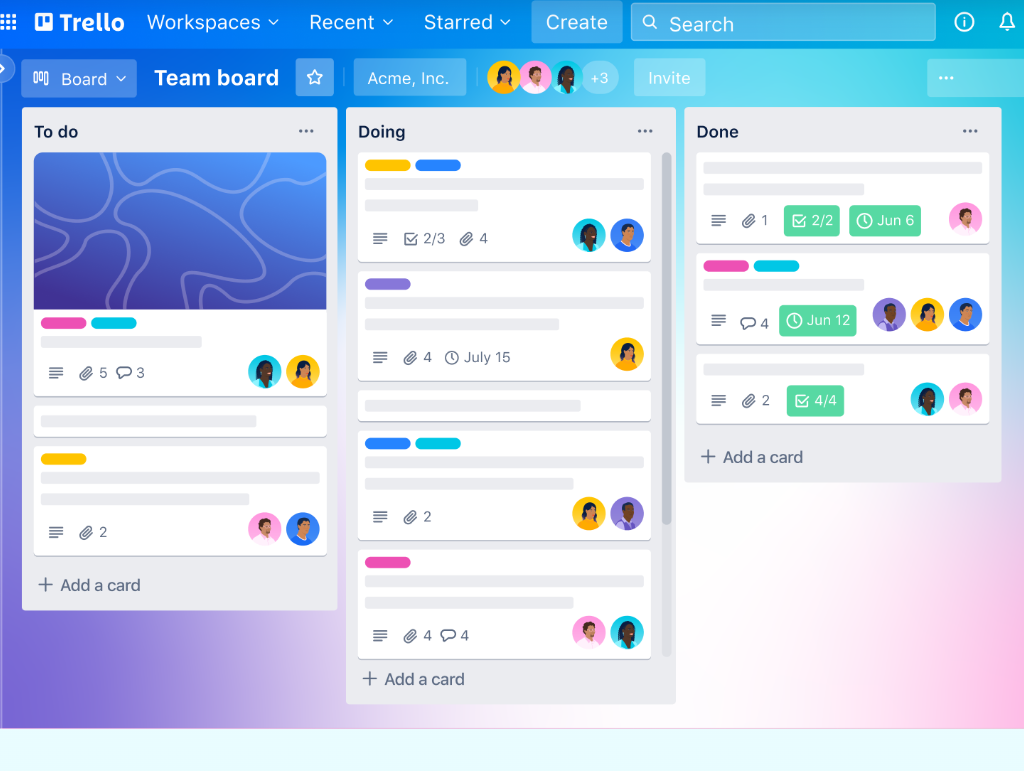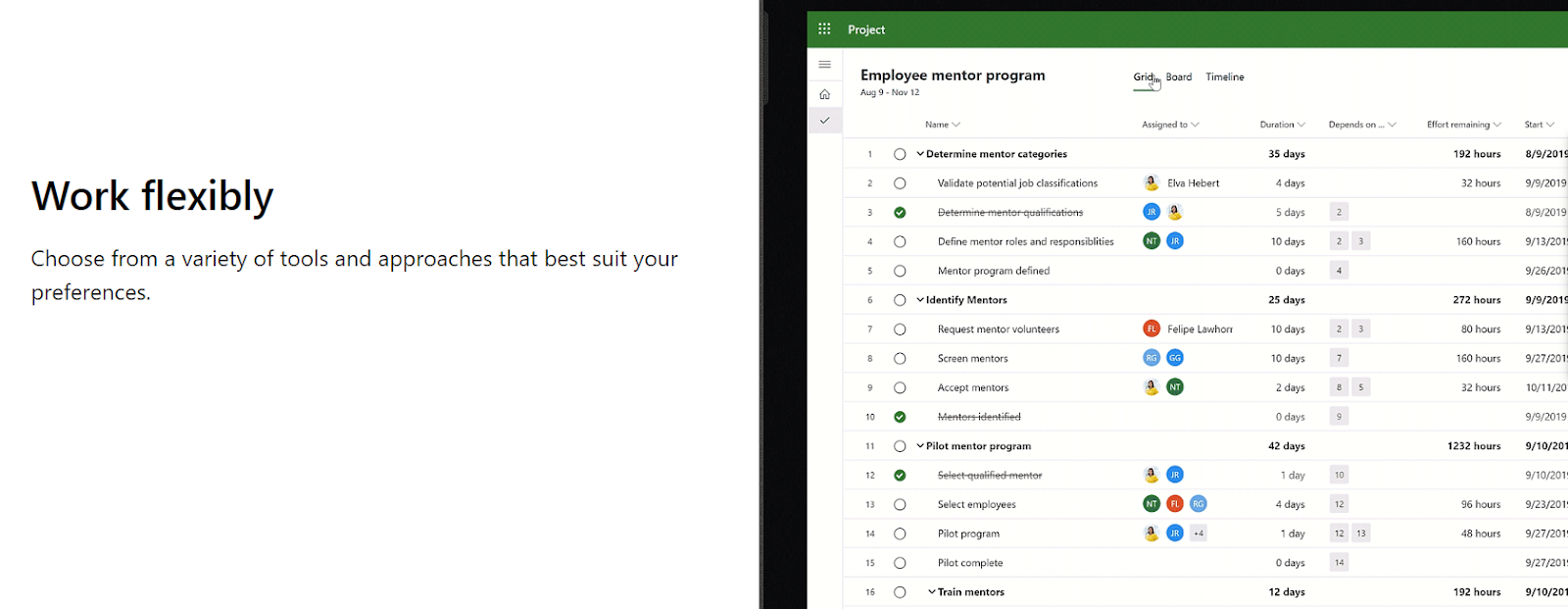A Project Management Information System (PMIS) is a critical tool for project managers, integrating various aspects of project management such as scope, time, and cost into a single platform. It facilitates document and data collection, enhances communication, and ensures project quality. PMIS supports project planning, resource allocation, change management, and decision-making, making it indispensable for modern project management. By centralizing information, it aids in efficient project execution and boosts decision-making prowess. For organizations, implementing a PMIS can lead to improved project outcomes, streamlined processes, and enhanced team collaboration, ultimately driving project success.
Introduction to Project Management Information System (PMIS)
A PMIS helps project managers organize and manage projects. It’s used for planning projects, allocating resources, managing changes, and more such things! The PMIS helps with making decisions and communicating as well as budgeting and other important parts of managing a project.
The parts of PMIS include managing the project’s scope, time, and cost. Basically, a project team uses it to collect information and process documents. They use it to analyze data during the project’s life cycle too.
Definition of PMIS
PMIS is short for Project Management Information System. It’s a system that’s automated. It usually involves using software. What’s interesting is that this software has many functions that include managing the project’s-
- Scope
- Time
- Cost
- Quality
- Risk
Additionally, the system helps gather important documents and data during a project. It’s a crucial tool for managing communication.
Role of PMIS in project management
The Project Management Information System (PMIS) is vital in project management. It makes collecting documents, data, and information easier throughout the project. As a direct consequence, this increases the efficiency and accuracy of the work.

PMIS also has benefits for managing project quality, risk, communication, and resources. It lets the project team access and share documents in real-time that ensures everyone is updated and aligned with the project’s goals and progress.
Key features of a Project Management Information System
One key feature of PMIS is managing the project scope. It lets the manager define, handle, and control the project’s purpose and goals. And a great thing is that it gives the project team tools to manage, store, and share documents efficiently. This improves how information is collected and distributed.
The system also helps with managing project time and cost. It helps schedule tasks, allocate resources, etc. So, we can see it supports managing project risk and quality by identifying potential problems, enforcing quality standards, etc.
Task management
The project manager is very important in project management. They handle task management which includes managing the time, cost, and resources of the project. Task management involves:
- Managing the scope of the project
- Handling documentation processes
- Collecting data and using software When task management is done well, it makes sure tasks fit into the project lifecycle.
Resource allocation
One important thing to note is that the project manager is responsible for managing resources. This helps to complete the project efficiently within its lifecycle. They use software to collect data and information.
The project manager takes important inputs from the project team. They use strategic communication management. Their approaches include:
- Managing the quality of the project to ensure work standards
- Managing risks in the project to find and lessen potential issues.
Time tracking
Good project management is largely about managing time well. The project manager uses special software to collect and document information efficiently. This helps keep all project activities on track and within the project’s scope.
Time management has key elements. These include managing resources to make the best use of the project team. Plus, good communication is important to keep everyone informed about the project’s progress.
Reporting and analytics
The project manager uses data from software to understand how the project is progressing. This data helps make decisions based on facts. It also helps manage resources, communication, and project risks effectively.

The insights gained from analytics can be documented and shared with the team. These insights are useful for managing the project’s scope, which helps keep the project within its defined limits. They help manage time by allowing for accurate scheduling, and they assist in planning the project’s budget.
Reporting and analytics are used throughout the project’s life cycle. It is not surprising at all that by using these tools effectively, managers can ensure the project’s quality.
Benefits of using a project management information system
PMIS is very valuable for a project manager. It helps manage data and documents efficiently. This prevents important data from being missed and improves project quality.
In addition, consider the following things-
- PMIS helps manage communications and resources effectively.
- The project team can easily access necessary documents. This allows for constant information collection and prevents communication gaps.
Enhanced communication and collaboration
Project manager’s role has been improved by software. This software helps with communication and collaboration within the project team. It allows for thorough information collection and document sharing and this makes decision-making processes as easy as a piece of cake!
There are several key benefits. These include better project scope management due to easy-to-access and well-organized data. Risks are reduced in project quality management and project risk management. This is because of improved resource management and documentation throughout the project life cycle. This improved approach to communications management leads to the following great results-
- Better teamwork
- More successful projects
- Satisfied stakeholders
Improved decision making
It is obvious that better decision making is a key benefit of efficient project management. A skilled project manager can improve decision quality using software for information collection and project document analysis. This provides a thorough understanding of key areas like project scope management, project time management, etc.

Moreover, tools that focus on project quality management, project risk management, and resource management provide the project team with a complete view of all project elements. This leads to informed, timely decisions.
Increased efficiency and productivity
A project manager uses methods like managing resources and time to make tasks easier in a project’s life cycle. They manage communication and collect precise information and in This way, they avoid expensive mistakes and make sure documents have correct data.
It is an undeniable fact that software tools help with managing project costs. They keep track of financial details and make sure they match with the quality management of the project. These tools also help identify and address potential problems in project risk management.
So, a project manager’s job is crucial for keeping the project team efficient and productive.
Risk mitigation
The project manager has a key role in reducing risks. They collect information carefully. This ensures proper documentation and analysis of data related to managing the project’s scope and cost, and, therefore, It helps to spot potential risks early.
Pro tip: clear communication and good resource management help reduce risks. So, the project team should always be aware of potential risks.
Choosing the right Project Management Information System
A successful project management information system would be incomplete without a deep understanding of the difference between billable hours and actual hours. Billable hours vs actual hours holds a significant impact on project finances and client relationships. Mastering this concept will play a crucial role in executing projects efficiently and profitability.
A key component in the effective development of any project management information system is an understanding of the importance of software development processes. Part of the overall picture can be drawn from insights shared in our post on project management for software development. This knowledge can greatly help in improving the efficiency and effectiveness of the system being developed.
In a constant effort to improve project outcomes and deliverables, businesses are turning to comprehensive tools such as a project management information system. To fully capitalize on these systems, it's crucial for teams to foster a culture of effective agency planning. This ensures all business operations are aligned towards the realization of the set objectives.
It is understandable that picking the right system for managing project information is important. It involves a few key things to think about. The project manager needs to focus on software that helps with collecting information, documenting it, and seeing into the project’s life cycle.
Furthermore, the system should have tools for managing the quality of the project, risks, and resources. A good system will also help the project team communicate better. It’s very important that the system brings all documents and data together in one place.
Understanding your business needs
It’s important for a project manager to understand the specific needs of your business. Collecting enough information is key to shaping the project life cycle. It also ensures resources are used effectively and the project’s scope is managed well. One crucial suggestion is that the project team should use software and other tools to handle documents and data.
Moreover, managing communication well can solve most of the issues related to managing project risks.
Evaluating different PMIS solutions
A project manager who is excellent at this work looks at many things when choosing a PMIS. They look at how good the software is at managing the project’s scope, time, and cost. They check how well the software collects data and information.
The project manager also looks at how the software manages communication. This is important for teamwork within the project. In addition, a good PMIS should manage resources well.
Popular Project Management Information Systems for agencies
PMIS are very important for agencies that manage complex projects. They help the project manager handle things like project scope, cost, risk, and quality management. A good choice is software that brings together documents, data, and information. This makes resource and communication management across the project’s life cycle efficient.
Some of the best PMIS for agencies are: Microsoft Project, which is known for its detailed approach to project planning and tracking. Oracle Primavera, which has advanced features for managing the project life cycle. Workfront, which is great for coordinating teamwork and automating workflows in a project.
Asana
Asana is an amazing software, about which it can be said that this software was made specially for project managers! It helps manage the scope, time, and risks of a project effectively. The software is easy to use for managing tasks. It helps gather information smoothly and keep track of the project life cycle.
Also, Asana helps keep important documents. It’s a key tool in helping the project team. It helps them produce quality work within the cost and time limits.
Trello
Trello, a project management software, helps project managers in many ways. It is a good thing that this software has features like collecting information, documenting, and storing data. These features make Trello a complete solution for project management.

To add on, Trello gives the project team a single view of the project life cycle. This makes managing communications easier. Trello’s design is also good for managing resources.
Microsoft Project
Microsoft Project is a tool that project managers need. It’s a useful software that gives full solutions for managing the scope, time, and cost of a project. This software helps a lot in gathering information. It makes communication within the project team better.

With Microsoft Project, it’s easy and orderly to do documentation. This makes documentation more streamlined. In short, Microsoft Project has everything a project manager needs.
Basecamp
Basecamp is a project management software that simplifies managing the project life cycle. This cool tool organizes the project team very well, and, therefore, this makes it easy to guide and coordinate the team’s work.
Basecamp has powerful features that support collecting information, managing the project scope, etc. One notable feature of Basecamp is its document feature. This feature is great for storing and revising important documents.
Implementing a Project Management Information System
A Project Management Information System (PMIS) is made up of many parts. The project manager is in charge of making sure these parts work together.
There are important steps in this process.
First, we need to collect all the data, documents, and information for the project.
Second, a PMIS uses strong software to keep track of the project. This software helps manage the project’s scope, time, and cost.
Third, a PMIS helps manage resources in the project team which helps with communication and risk management.
Planning and preparation
The project manager has an important job in planning and getting ready for each part of the project. It’s important to collect information effectively, which means keeping detailed records of all data.
Important thing to consider is that careful management of the project’s quality, risks, and resources is also a key part of getting ready. Clear communication helps the project team work together and helps make sure the project is completed successfully.
Training and support
As the project manager, I’ll guide you at every step. I’ll be there to support you all through the project. This support includes making and reviewing documents. It also involves understanding data and using software. Plus, I’ll help gather information.
Under my management, the project team will be well-versed in important areas, such as:
- Project scope management
- Project time management
- Communications management
- Resource management
- Project cost management
Therefore treasuring every phase of documentation and ensuring the project's success.
Conclusion: The impact of PMIS on project success
So, we can say with confidence that using Project Management Information Systems successfully can definitely make a project successful. When project managers use PMIS effectively, it makes using software simpler. It helps collect information in a more organized way. It improves how resources are managed during the project.
In addition, PMIS helps manage the quality and risks of a project. It strengthens the project team’s skills to foresee and lessen possible problems. In the end, it can be said that, “By improving how teams communicate, PMIS leads to more successful projects!”







